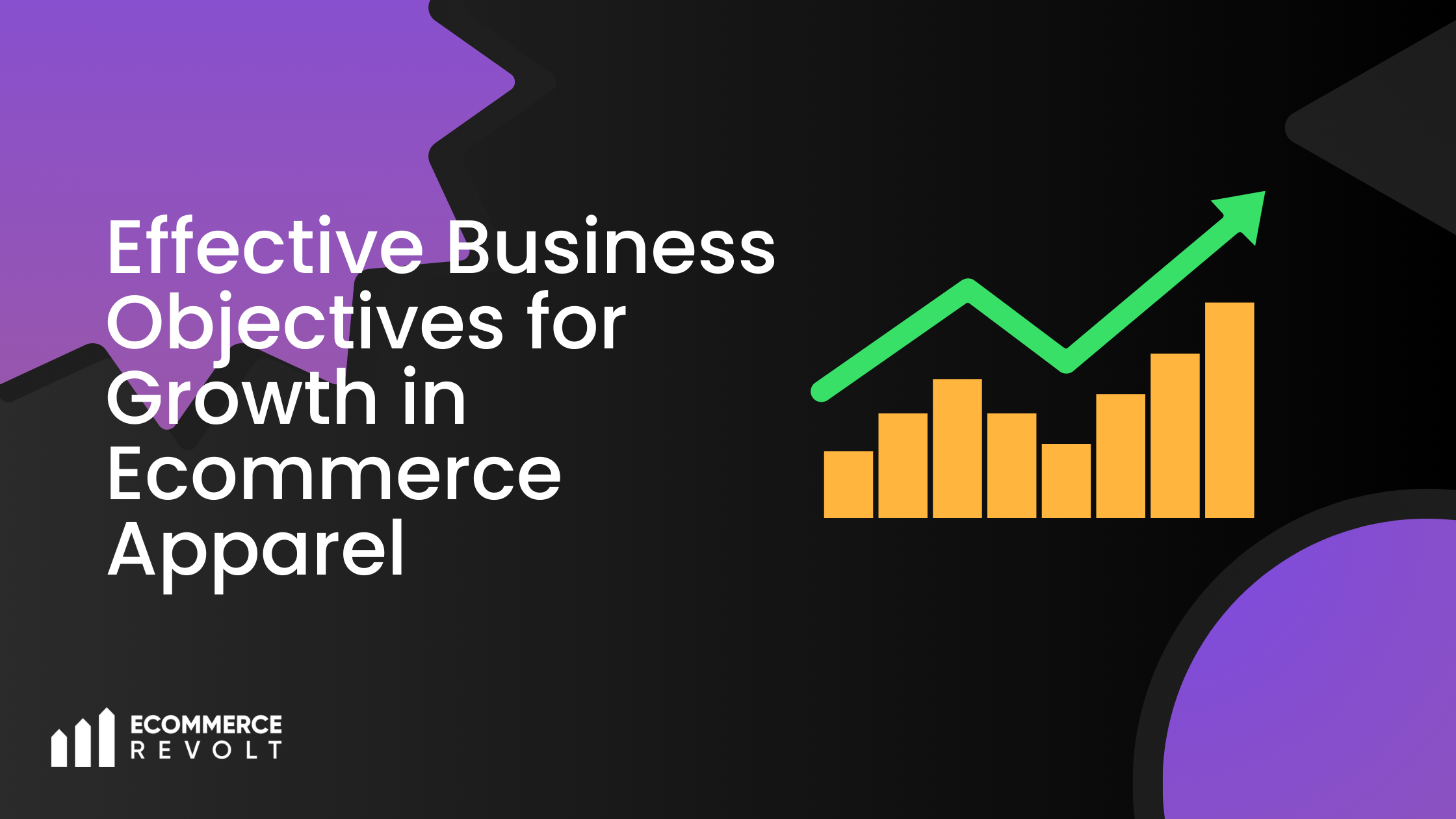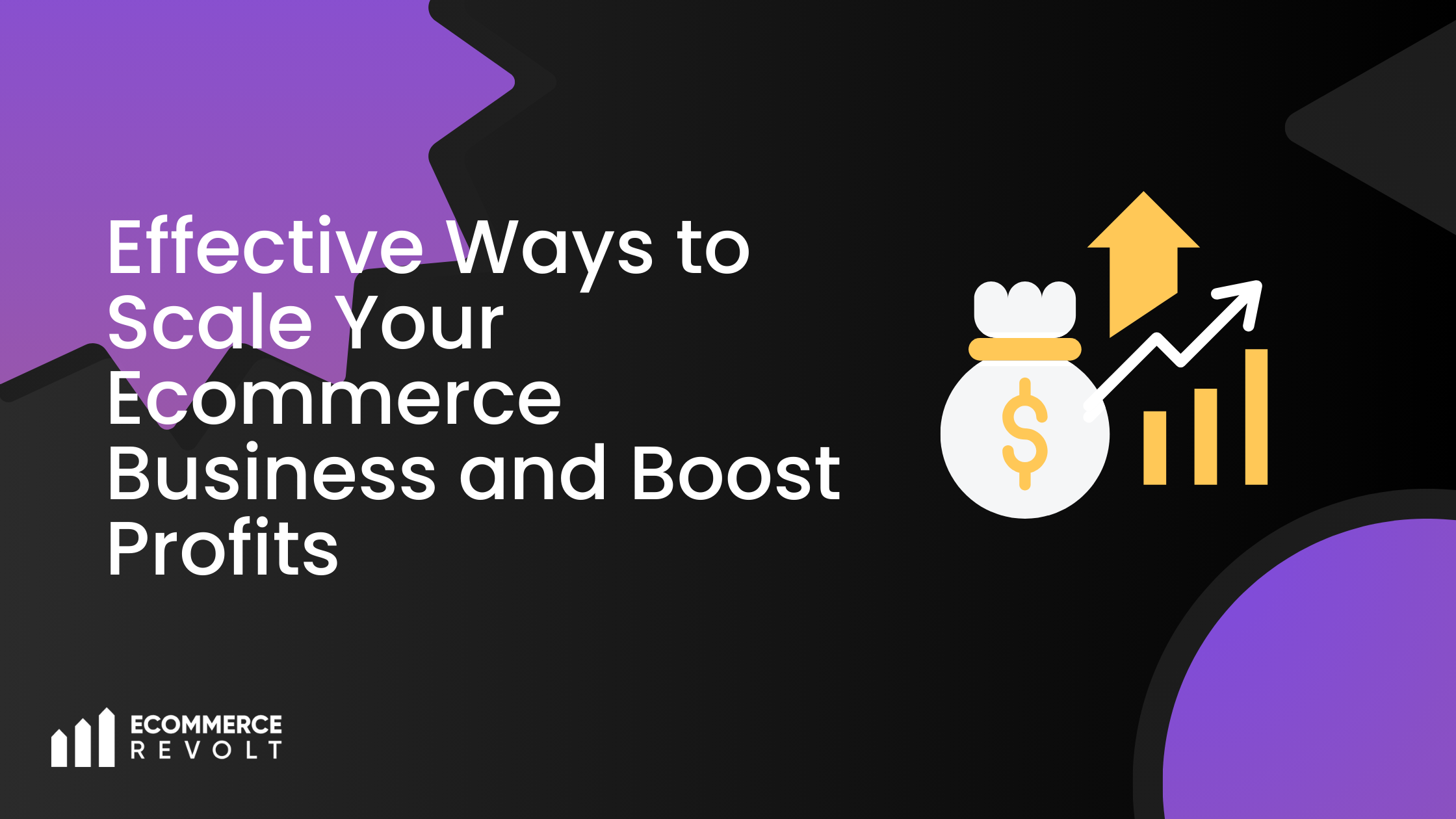The e-commerce space is being revolutionized by Artificial Intelligence (AI). It is thereby supplying businesses with new and innovative ways to enhance customer experiences, optimize processes, and increase their revenue. AI in e-commerce, for example, can give you an edge that other companies might not have. There are specific principles and most effective strategies which guide you how to use AI in e-commerce.
1. Personalized Customer Experience
AI can customize customer experience by analyzing endless customer data for the user. Retailers deploy machine learning algorithms that help them in analyzing the customers’ preferences and behaviors and thus can assist with personalized product recommendations. It not only pleases a customer but also brings back him/her as a buyer.
Best Practice: The AI-powered recommendation engines mainly that use machine learning, and big data should become the favorite tool for the enterprise due to the stupendous online performance of Amazon. These tools will be more helpful.
2. Intelligent Search Functionality
AI makes a more effective search by allowing naturalness and decreasing the time needed. Natural Language Processing (NLP) technology enables customers to ask questions in plain speech, i.e. another form of conversational language, which improves search performance effectively and reduces the time used to order products.
Best Practice: API usage, such as Algolia and Elasticsearch, will greatly increase the speed and relevance of search queries. Perfect the search engine to interpret misspellings and other language variations for better customer interaction.
3. Chatbots and Virtual Assistants
AI-driven chatbots and virtual assistants can handle customer inquiries 24/7 by providing instant responses and support. The conversation also helps in different complex tasks such as responding to the most common questions or gently assisting clients during the purchase.
Best Practice: Implement chatbots powered by AI that are capable of understanding and responding to customer questions contextually. You can ensure that these chatbots are integrated with your CRM to give customers exactly the personalized information they expect and at the same time deliver valuable data useful for further personalization.
4. Dynamic Pricing
AI can improve pricing strategies through data on the market, competition, and clients’ behavior. The prices from dynamic pricing models are modified in real-time according to the demand and supply, thereby making sure that the profits are at the maximum and customers are still there.
Best Practice: Employ AI-driven pricing tools to keep an eye on the market and adjust prices automatically. Being a pioneer who adopts a dynamic strategy and utilizes price optimization tools like product intelligence, you increase your business efficiency and revenue through tailored solutions.
5. Inventory Management
The inventory system is the heart of every business that transacts online since it guarantees client satisfaction. AI works by processing the data for forecasting demand, setting the levels of stock, and preventing and handling understocking situations. Its core purpose is to guarantee the entirety of principal articles and decrease the registering of more inventory than needed.
Best Practice: Use AI-generated inventory control solutions that can estimate demand based on historical empirical evidence, seasonal factors, and market behaviors. Products like TradeGecko or Inventory Planner can facilitate the stock management process and thus improve sales performance.
6. Fraud Detection and Prevention
AI’s contribution to safeguarding is manifested through its real-time detection of dubious operations. The fraud prevention system sways credit and debit card transactions and uncovers unusual spending, thus online merchants, in particular, never have to worry about getting hit by fraud and customers have fewer chances of experiencing it.
Best Practice: Abuse of AI-based fraud detection systems that have the cleverness to gain new data and also detect fraud but have yet to employ and mitigate fraudulent transactions that are affected. Among the alternatives, Sift or Riskified offers the most powerful solutions for e-commerce platforms.
7. Enhanced Customer Insights
A new application of AI can be customer data analysis to turn into customer insights that can impact marketing and sales strategies. By recognizing customer personality types and their actions, marketers can develop directed advertisements and special promotional deals.
Best Practice: Implement AI-driven analytics platforms for collecting and analyzing customer data. Services like Google Analytics which have AI features or Adobe Analytics that bring about breakthrough insights into consumer behavior would make the marketing campaign more successful.
Conclusion
The employment of AI in e-commerce and online retailing is not just a fad but a vital point if a business organization wants to remain competitive in nowadays digital business world. Such measures as adapting to changing customer preferences by personalizing user experiences, improving usability, using chatbots, setting up appropriate price levels, managing merchandise effectively preventing fraud, and bringing new improvements can make businesses much more efficient. The embracing of these AI strategies and best practices will not only be the driving force behind sales and customer satisfaction but also will be what enables companies to achieve sustainable growth in the e-commerce evolution.








